Italy is a traveler’s dream of variety and adventure. Are you thinking of traveling to Italy and wondering if English alone would be sufficient? But, before we get into translations, a pertinent question is: what is Italy’s official language?
This post is actually a closer look at Italian language and the history of the language of the nation itself. It also draws attention to the regional dialects and the minority languages.
By reading this article you will also learn some Italian words and gestures. You will find it easier to communicate when you understand these local terms, gestures, and signals, and immediately find it easier to bond with the locals.

What Is the Official Language of Italy
Italian is the official language of Italy and is spoken by the vast majority of the population. It traces its roots back to Latin and is heavily influenced by Tuscan dialects, especially the Florentine dialect, thanks to Florence's cultural and political influence during the Renaissance.
However, Italian has not always been a lingua franca. Prior to the unification of Italy in the 19th century, the Italian peninsula was divided into separate regions and countries, each with its own dialect.
After unification, standard Italian was promoted as a unifying force, though many regional dialects continue to thrive to this day.
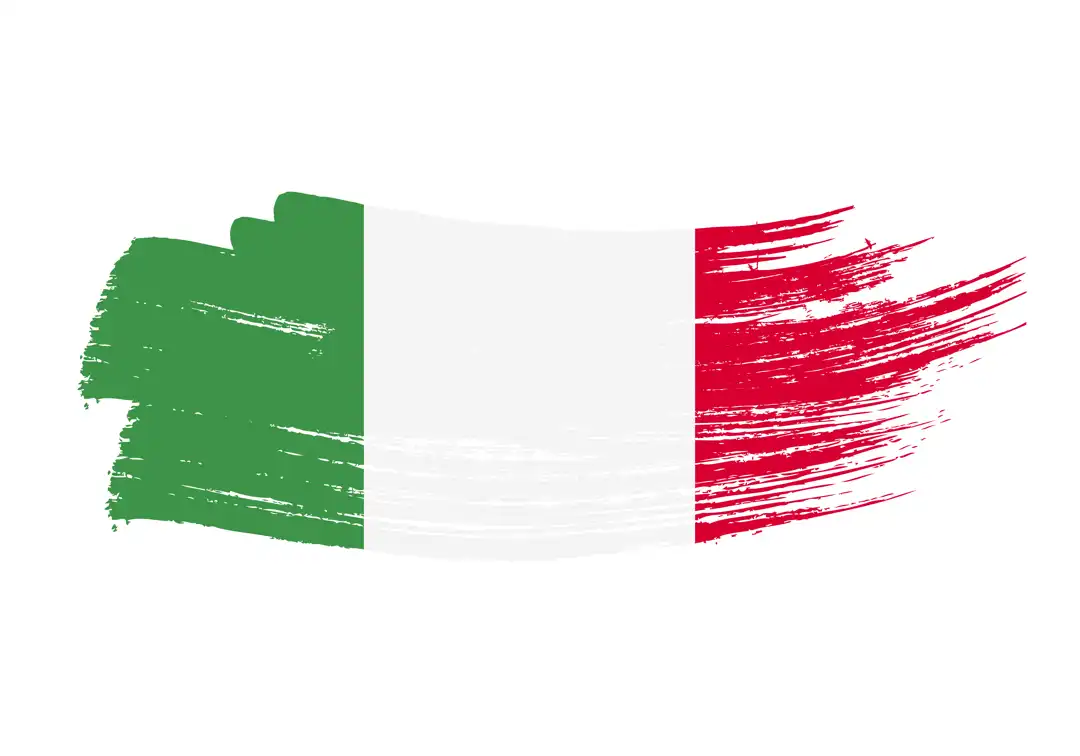
Italian Language Use in Different Fields
1. Italian in Government and Legal Systems
Italian is the language of all official documents, courts, and laws, ensuring uniformity throughout the country.
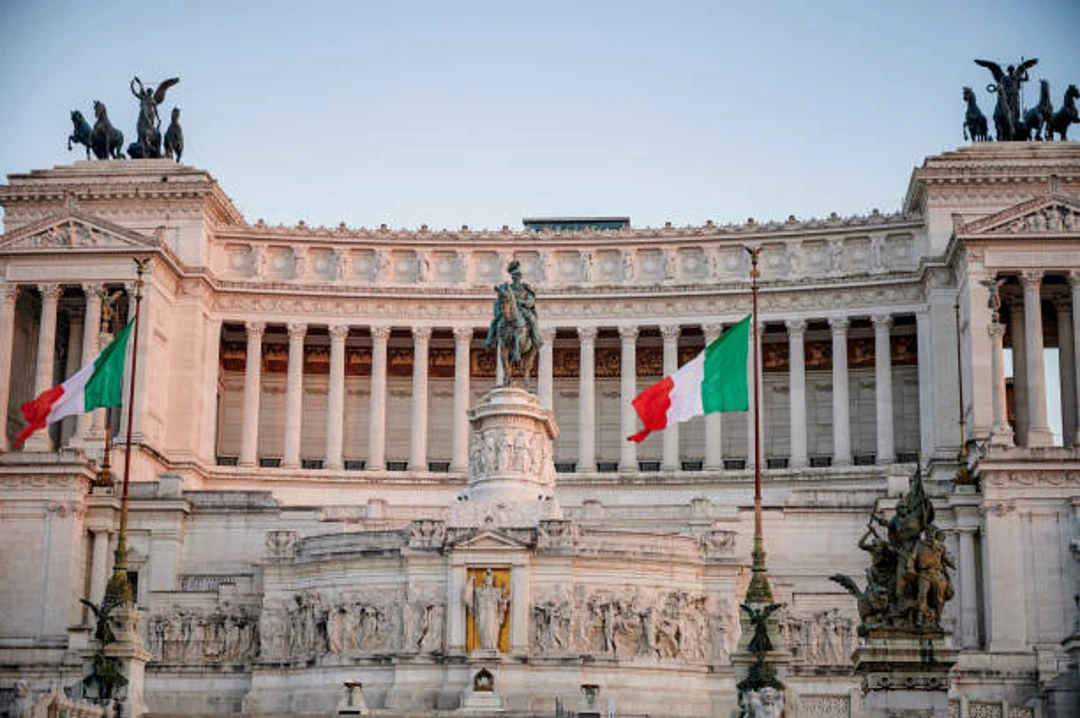
2. Italian in Education and Public Services
Italian is the language of instruction at all levels of education. It is used officially in all public matters.
3. Italian in Media and National Communication
Italian is used in television, newspapers, and other media for national communication. It’s the country’s main language for public broadcasting.

Regional Dialects and Languages Across Italy
Many Italians still push on with dialects and regional languages, using them even if not everyone around them follows suit. They persist not just as curiosities but as living, breathing languages of modern life.
1. Neapolitan
Neapolitan is rooted in the history of Naples and Campania. It is not just a language, it embodies the heart and soul of the region’s past and present.
When you hear Neapolitan spoken you can definitely feel the rhythm and spirit of it.
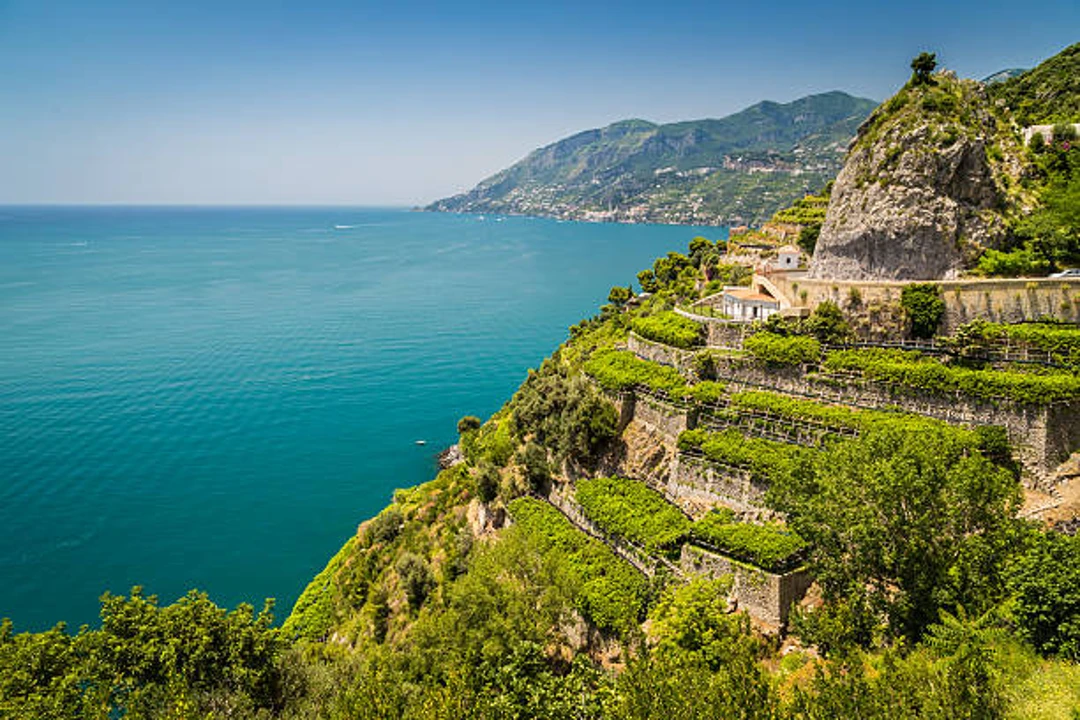
2. Sicilian
In Sicily, the Sicilian language is quite special. It’s infused with Greek, Arabic, Norman and other varieties, as well, which is a testament to the island’s history.
3. Venetian, Milanese, and Roman
Languages such as Venetian, Milanese, and Roman really liven up Italy’s linguistic landscape. Each one has its own unique tones and style, deriving from the region’s history and culture.
You’ll hear them whether you’re wandering around Venice, Milan, or Rome. They’re a great example of the diversity that highlights Italy.
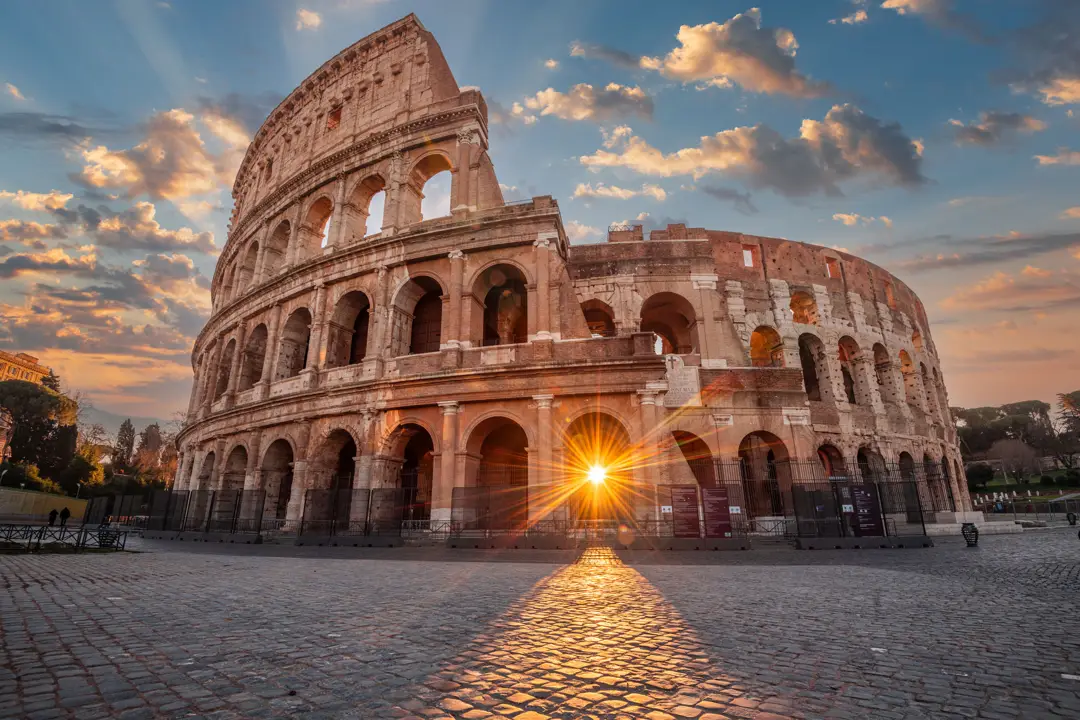
Officially Recognized Minority Languages
Law No.482 of Italy recognizes the country’s linguistic plurality. This safeguards the 12 historic linguistic minorities and promotes the bilingualism of these communities to recognize and enforce diversity laws.
1. German - South Tyrol (Alto Adige)
The northern region of South Tyrol is predominantly German speaking–it has ethnic, linguistic, and cultural ties to the Austrians–so many there speak German as a first language.

2. French - Aosta Valley
Tucked away in the Alps, the Aosta Valley is a hybrid region that actually has French as an official language. Located so near to France and Switzerland, many French influences have seeped over the border and this pocket is completely bilingual.
3. Slovene - Parts of Friuli Venezia Giulia
In some parts of Friuli Venezia Giulia, you will hear the Slovene language, a reminder of the historical and geographical ties the region shares with its neighbor, Slovenia: these local populations essentially act as a cultural go-between the two countries.
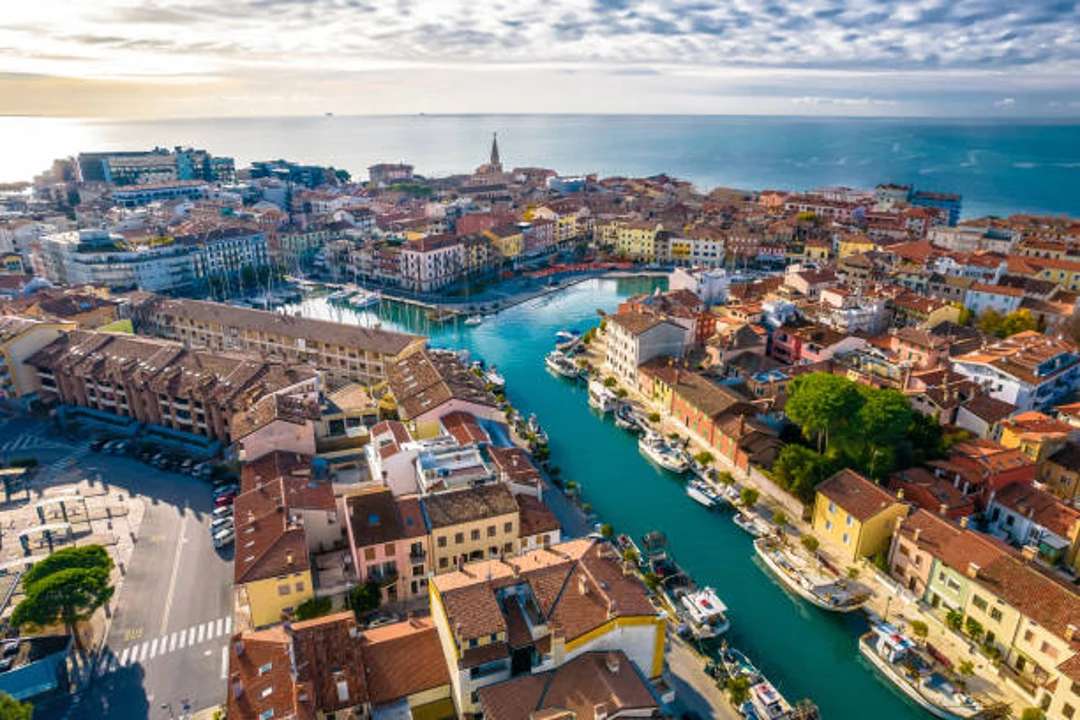
4. Ladin - Dolomite Valleys in Trentino-Alto Adige
Ladin is a little-known local language of the beautiful Dolomite valleys, unique to this region and one more layer to the diverse landscape of Trentino-Alto Adige.
5. Catalan - Alghero in Sardinia
In Alghero, Sardinia, Catalan lives on as a regional language known as . Introduced by settlers in the 14th century, it gives this coastal town a distinct identity that blends Italian charm with a unique Iberian heritage.
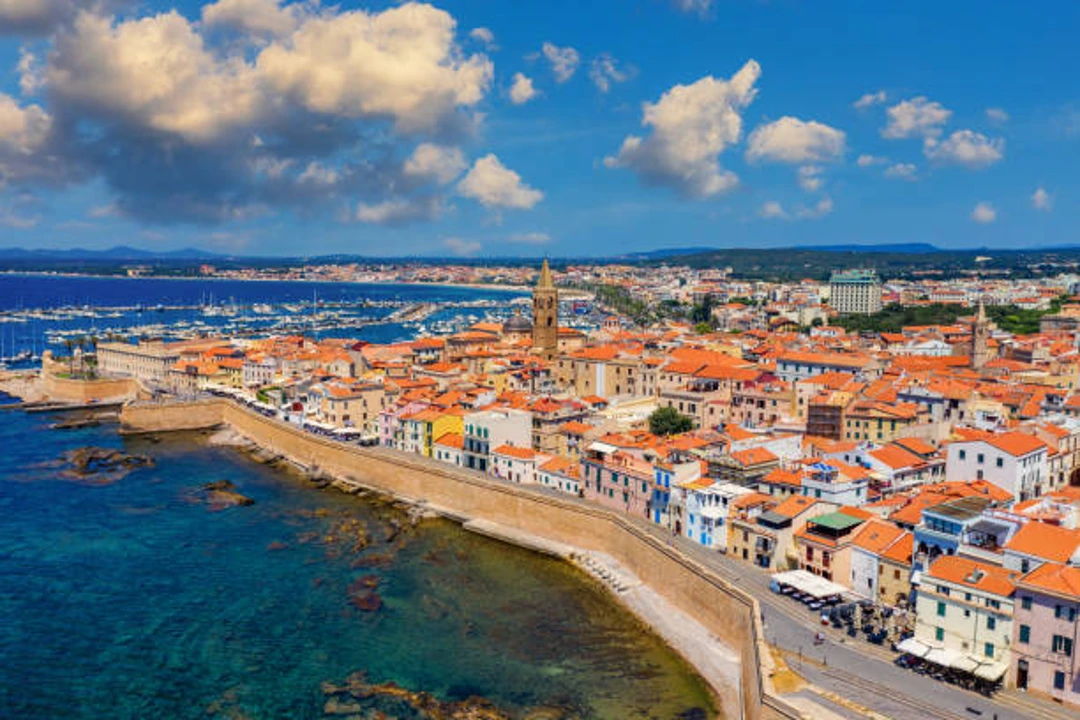
6. Occitan, Friulian, Sardinian, Albanian, Greek - Various Enclaves
Other languages, such as Occitan, Friulian, Sardinian, Albanian, and Greek, are spoken in pockets around Italy. Reflections of their respective communities, these languages tell unique stories and contribute to Italy’s culturally rich tapestry.
Is English Useful in Italy? What You Should Know
Whether you can get by speaking only English when you visit Italy is a question that depends on where you go, but the answer is yes – with a few exceptions.
English is spoken in most hotels, restaurants, museums, and attractions in the large tourist cities of Rome, Florence, Milan, and Venice. Bilingual street signs, English menus, and guided tours in English can be found.
Most tourism employees, younger workers and those involved in hospitality do have sufficient communication skills to be of help to foreign visitors.
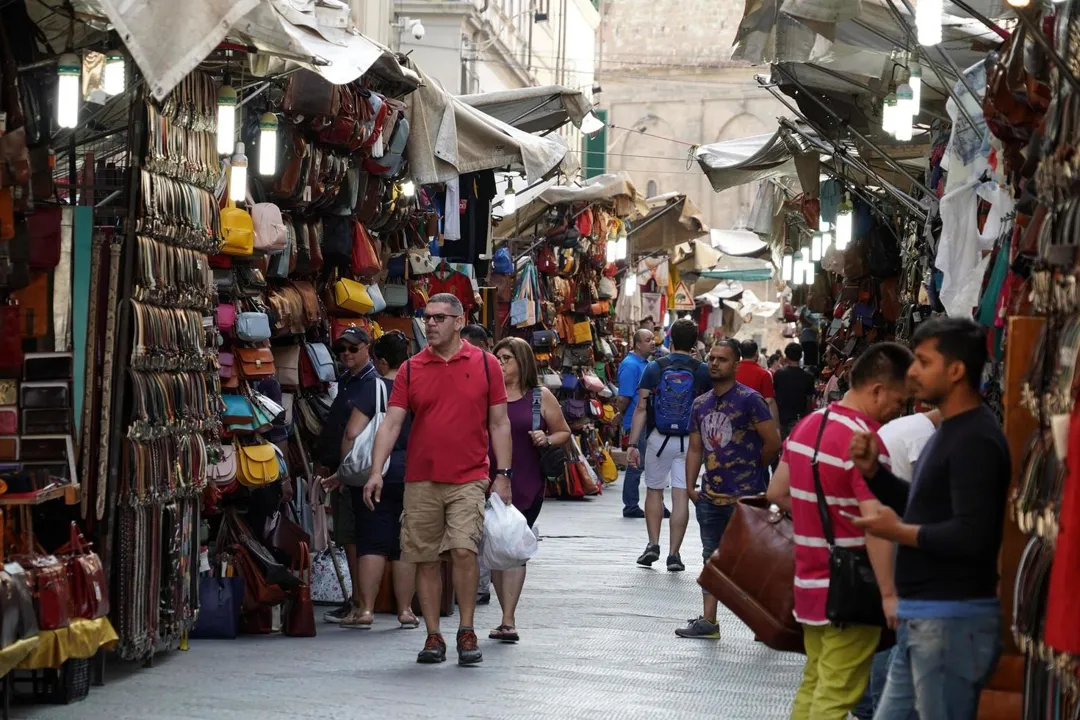
But this all changes as soon as you get outside the tourist areas. Away from larger towns, in smaller towns, villages and rural areas fewer people, if any, speak English.
There may be little to no English spoken, especially among older folk, in these areas as well. Italian is typically the only language used in public signs, bus schedules, and restaurant menus, and workers in the area may not be able to respond to questions posed in English.
An effort is even required for simple things such as purchasing a train ticket at a small station or ordering a meal in a rural trattoria if one is not prepared.
Having a translation app will save you on more than one occasion and will only enhance your experience. Moreover, having a small phrasebook with you can be a lifesaver in a pinch.
Essential Italian Expressions for Travelers
Basic Phrases
Traveling in Italy is not as difficult as you might imagine. Mastering the following basic phrases will make your trip smoother:
Ciao: Hi. / Bye.
Per favore: Please.
Grazie: Thank you.
Prego: You're welcome
Mi scusi: Excuse me
Buongiorno: Good morning
Buonasera: Good evening
Quanto costa: How much does it cost?
Dov’è il bagno: Where’s the bathroom?
Parla inglese: Do you speak English?

Basic Gestures
Italians are notorious for their use of hand signs. Here I have listed several common gestures you might encounter in Italy and explained their meanings:
Pinched Fingers: What do you want? / What are you saying?
Cheek Tap or Air Kiss: Showing Compliments.
Hands Together: Begging / Saying "Please".
Hand Twisting in Mid-Air: Indicating something is average or not great.
Thumbs-Up: OK. / Good.
Finger Pull Down the Eye: Watch out. / Be careful.
Finger Spinning Next to Head: You’re crazy.
Don’t overuse gestures if you’re unsure — some can be misinterpreted depending on the region or tone.
Watch facial expressions — Italians often combine gestures with rich facial emotion.
When in doubt, a smile and friendly tone go a long way.
FAQ
1. Do Italian schools teach foreign languages?
Yes, English is a common second language for students in Italy, who also study Spanish, French, or German.
2. Can I just get by as a tourist in Italy using basic Italian phrases?
Yes, a lot of travelers get by in their day-to-day life by recognizing basic words and phrases such as “per favore,” “grazie,” and “scusi.”
3. Should you learn to gesticulate when you speak Italian?
Yes! Italians are very expressive and use their whole body when they talk, so knowing a few gestures can help a lot.
4. Is Italian spoken the same way in Switzerland?
Italian is an official language in some parts of Switzerland, though the accent and some words might vary slightly.
5. Are there differences between written and spoken Italian?
Correct Italian is more regulated than the spoken language, which can deviate from the rules and use slang.
Conclusion
Italian, indeed, is not only Italy’s official language, but also the key to accessing the culture, history and people behind it.
English is widely understood, especially in larger cities and many tourist centers, but knowing a couple of words and hand gestures will get you a much richer experience while you are traveling.
Be it ordering a coffee like a local, or engaging with a person in a tiny village, a little Italian indeed goes a long way.
